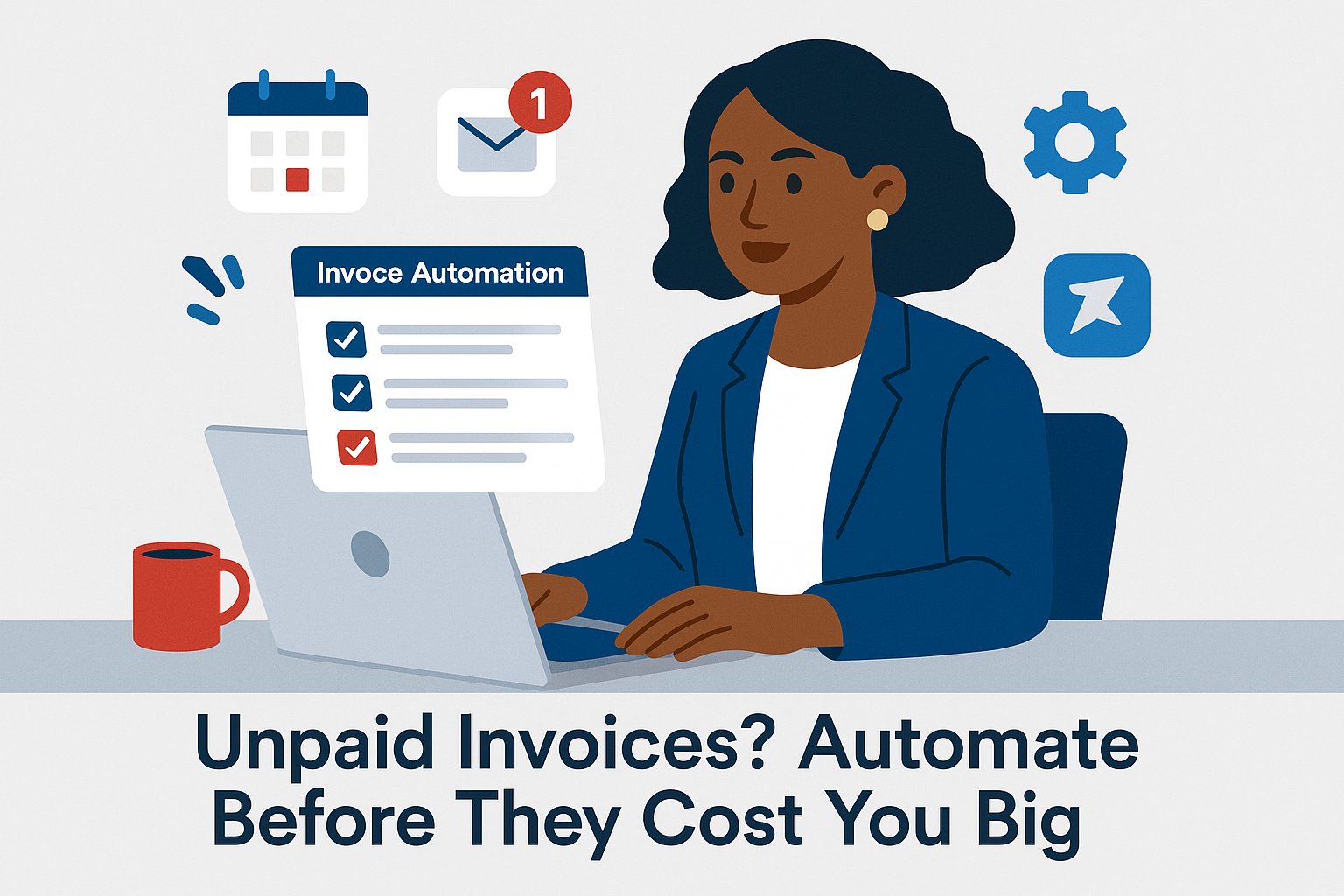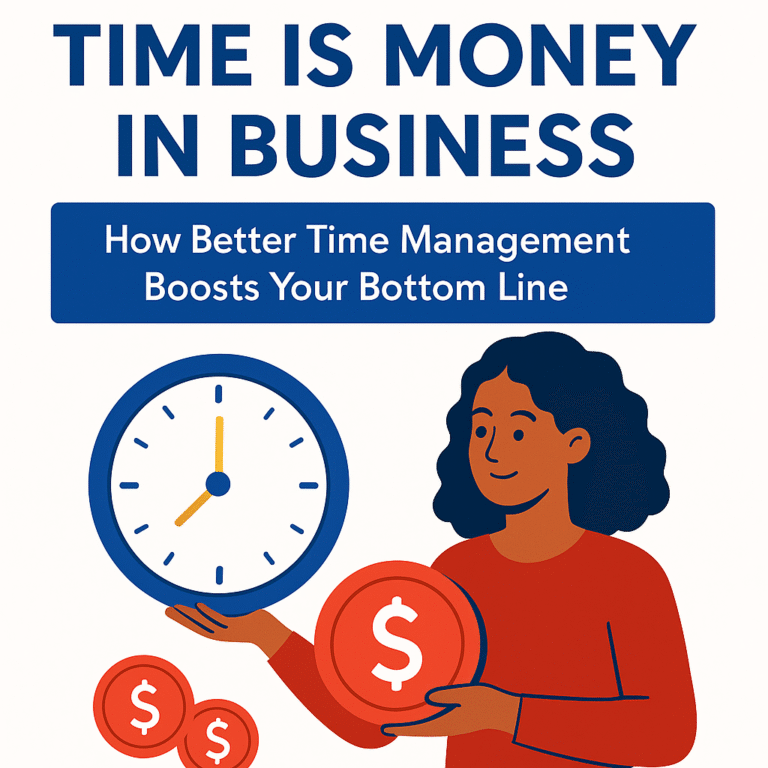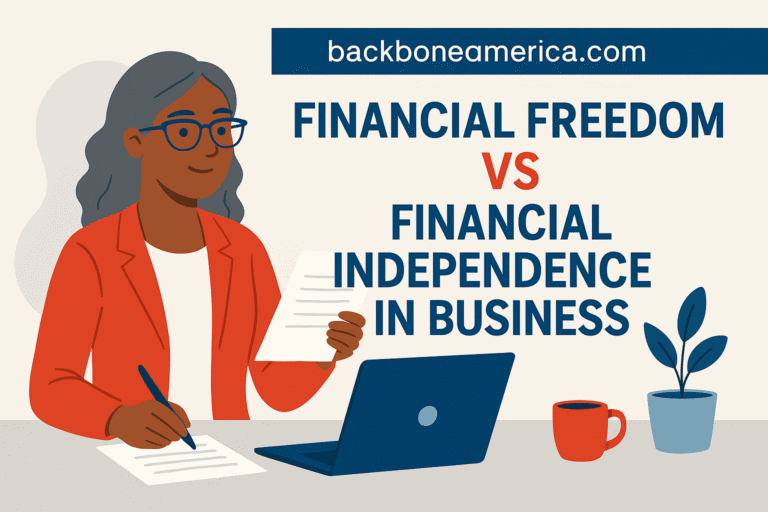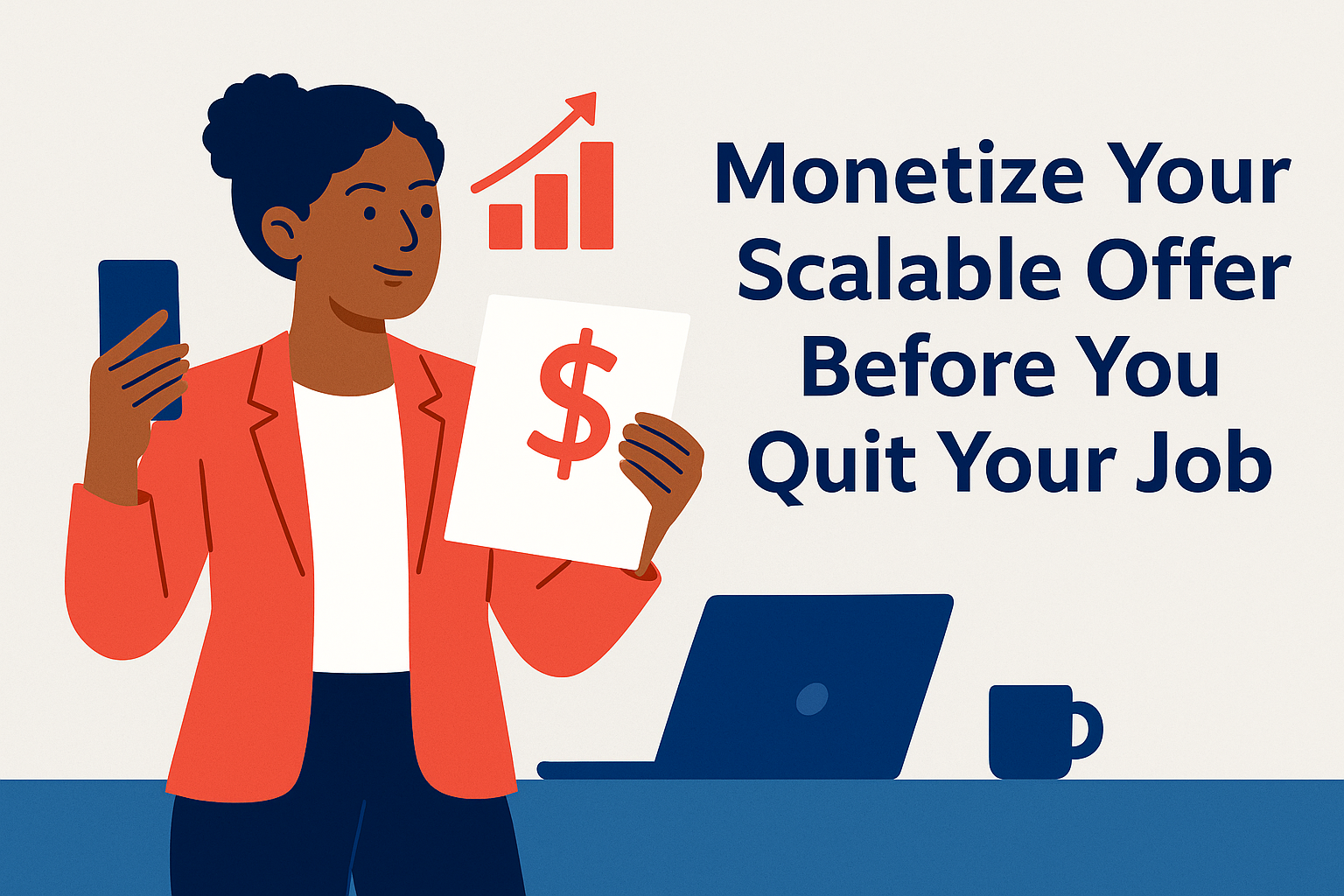Financial Freedom Fridays
When you’re ready to launch your dream, figuring out a budget for a small business can feel overwhelming. I get it — when I revived Backbone America, one of the biggest challenges was making smart financial decisions without overextending myself.
The truth is, you don’t need a massive budget to start strong. You need a smart one. And that’s exactly what we’re diving into today.
Why a Budget for a Small Business Matters More Than You Think

A budget for a small business isn’t just about controlling spending — it’s about empowering your business to grow sustainably. Without one, it’s easy to overspend on tools you don’t need, underinvest in marketing that moves the needle, or worse, run out of cash when opportunities pop up.
When I relaunched Backbone America, having a clear financial roadmap made it easier to invest confidently — whether that was paying for automation tools, setting up my website, or designing lead magnets.
The 4 Building Blocks of a Smart Small Business Budget
1. Startup Costs
These are one-time expenses like business registration, logo design, website setup, and initial software subscriptions.
When I revived Backbone America, my biggest startup investment was forming my LLC. Beyond that, I also purchased video equipment to create marketing content, locked in a two-year web hosting plan, and renewed my domain registration. I also rented a PO Box for 6 months, which provided me a business address and a place to separate my business mail from my personal mail.
2. Monthly Fixed Costs
Think of rent (if you have a space), subscriptions, software, and insurance — anything you pay regularly whether you make a sale or not.
For me, monthly fixed costs included my Zoho One subscription, which gave me access to CRM, marketing automation, and project management tools all in one place. I’m also a big proponent of business insurance, regardless of your business structure. Keeping those monthly commitments lean gave me more breathing room to invest where it mattered most.
3. Variable Costs
Expenses that change based on activity: advertising, materials, shipping, commissions.
In my case, variable costs included hiring a freelance video editor to help me produce high-quality marketing videos and occasionally boosting posts on social media when launching new services.
4. Reserve Fund
Even a few hundred dollars set aside can make a massive difference when opportunities or unexpected expenses arise.
Instead of using a traditional “emergency fund,” I maintain a reserve fund — a small financial cushion I can tap into if I need to invest quickly, like upgrading equipment, taking a last-minute course, or seizing a business opportunity. Having that reserve has given me confidence and flexibility without throwing my main budget off track.
Special Note: Some Startup Costs Will Become Ongoing Costs

When creating your budget for a small business, keep in mind that some startup expenses won’t be one-and-done. They may transition into monthly, annual, or periodical fixed costs over time.
For example, when I rented my PO Box, it started as a startup expense that covered six month — but now it’s a fixed cost that recurs twice a year. Website hosting, software renewals, and even some marketing tools may also move from “startup” to “ongoing” categories.
Planning for these shifts early will help you avoid budget surprises down the road.
Create a Budget for a Small Business in 5 Steps
1. List Every Startup Expense You Expect
Use estimates if you need to, but don’t skip anything. It’s better to plan high and adjust down later than to get caught off guard. Think about legal fees, equipment, website costs, and even things like initial marketing materials.
Before I relaunched Backbone America, I made a list of every possible startup cost — from forming my LLC to buying my first video equipment. I even included some of the monthly expenses to build the most accurate picture possible. For instance, prepaid subscriptions such as Zoho One was part of my startup and ongoing expense.
2. Estimate Your Monthly Fixed and Variable Costs
Once your startup list is built, map out your first six months of recurring expenses.
For me, that included Zoho One subscriptions and a PO Box rental as fixed costs. I also knew I wanted to run some ad campaigns each month. So I estimated the cost of hiring a video editor and built a marketing budget. Creating a realistic cash flow forecast made it easier to know exactly what I had to cover each month while growing.
3. Prioritize Spending on Revenue-Generating Activities
Every dollar counts when you’re creating a budget for a small business.
focused first on activities that would directly bring in customers — a marketing allowance, setting up automated lead capture, and investing in content creation tools. Revenue-first thinking helped me grow sustainably without wasting money on “nice-to-haves” too soon.
4. Set Revenue Goals Based on Your Budget
It’s not enough to hope you’ll make enough money — you have to know your numbers.
Once I saw my fixed and variable costs, I could reverse-engineer exactly how many assessments I needed to sell each month to stay profitable. It also helped me know when it was time to scale up, like hiring consistent help, such as a virtual assistant. Your budget should directly drive your sales and marketing goals.
5. Review and Adjust Monthly
Your first version of your budget won’t be perfect — and that’s okay.
I still tweak mine today! Treat your budget like a living document. Set a time each month to review your real numbers against your projections. That way you can catch trends early, adjust for growth, and make smarter decisions with confidence.
Also, remember: your budget acts as a goal. It’s not just a tracker — it’s a financial vision for your business success.
Tools That Make Budgeting Easier

There are a lot of resources to help you set up your budget for a small business without reinventing the wheel. Many accounting tools like QuickBooks Online, Wave Accounting, Zoho Books, FreshBooks, and Xero include budgeting features to help you track expenses and forecast costs easily.
One of the tools I personally used was the IRS Schedule C — it’s a simple but powerful way to see the kinds of expenses you’ll likely encounter when running a business. Even if you’re just getting started, reviewing Schedule C can help you build a more complete and realistic budget from day one. Plus, when you base your expenses on Schedule C, it makes tax season much easier because you’ve already organized your costs the way the IRS expects.
Final Thought: Budgeting Is Your First CEO Move
Creating a budget for a small business is one of the first and most powerful CEO moves you’ll ever make. It’s not just about numbers — it’s about making decisions like a founder, not a freelancer.
Start small. Stay flexible. And remember: the goal isn’t perfection — it’s progress.
If I hadn’t made budgeting a priority when restarting Backbone America, I know I would have felt way more stressed (and spent way more money!) than I needed to. You can start strong — and smarter — by giving your business the financial foundation it deserves.





